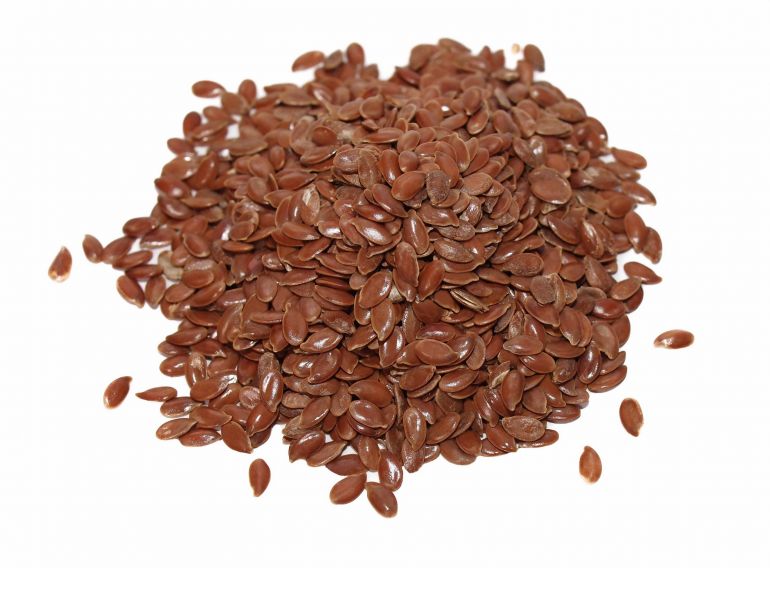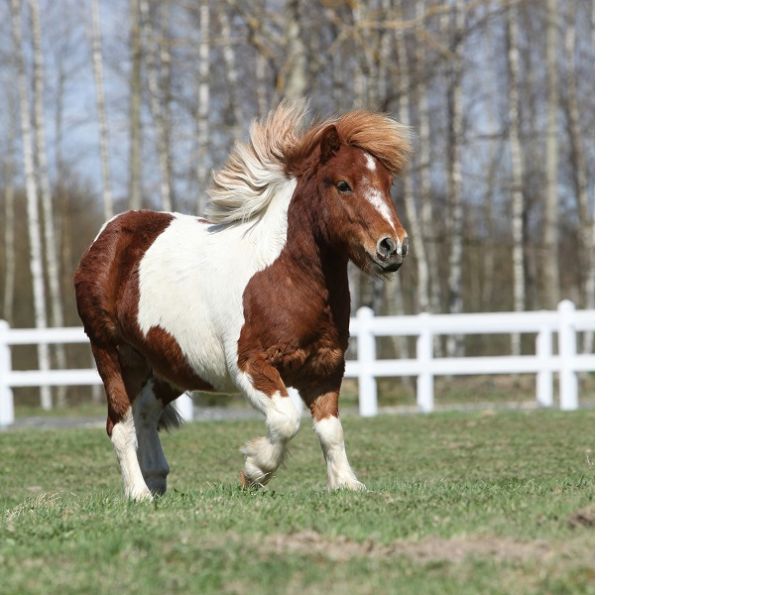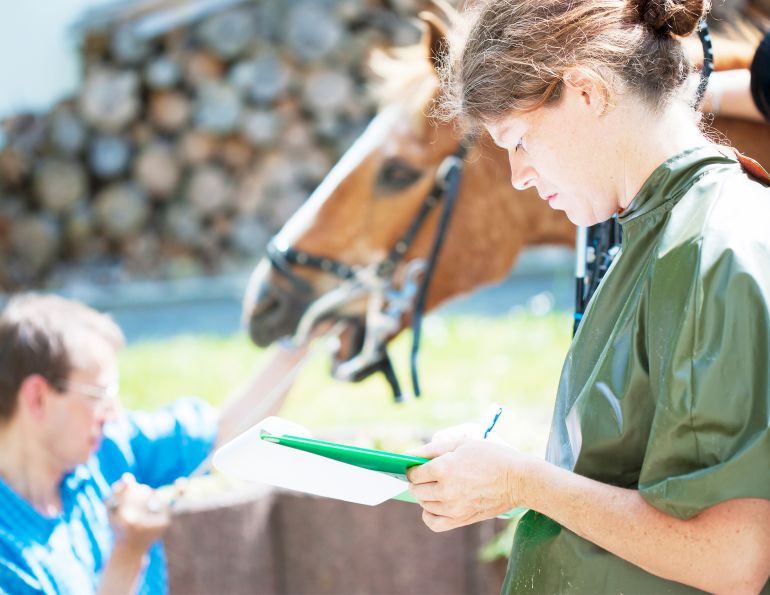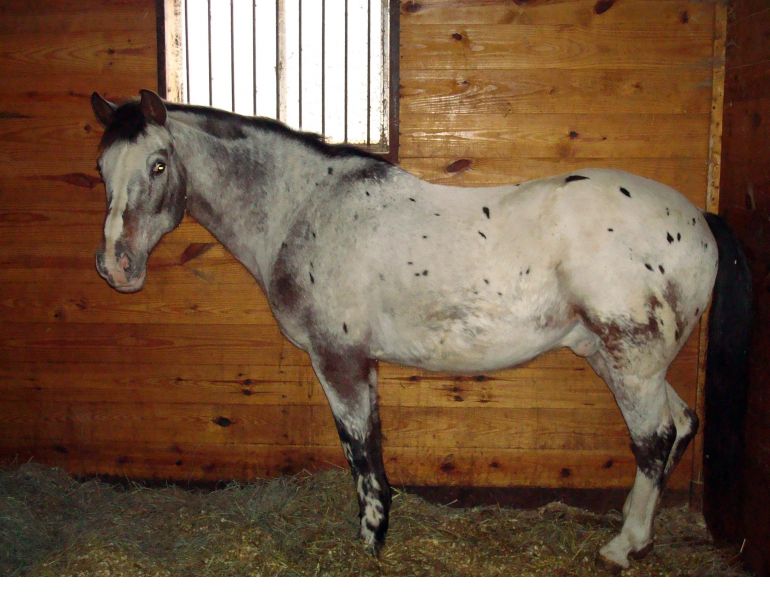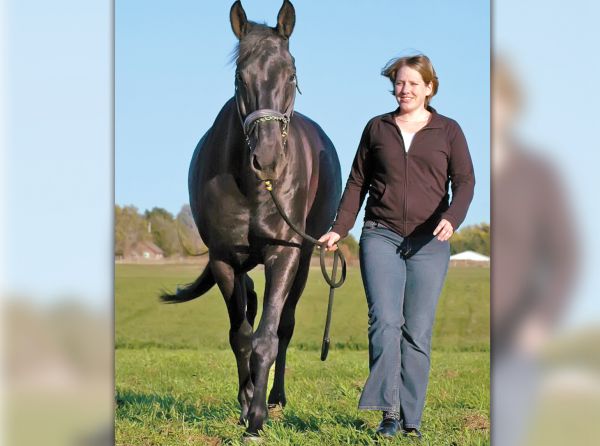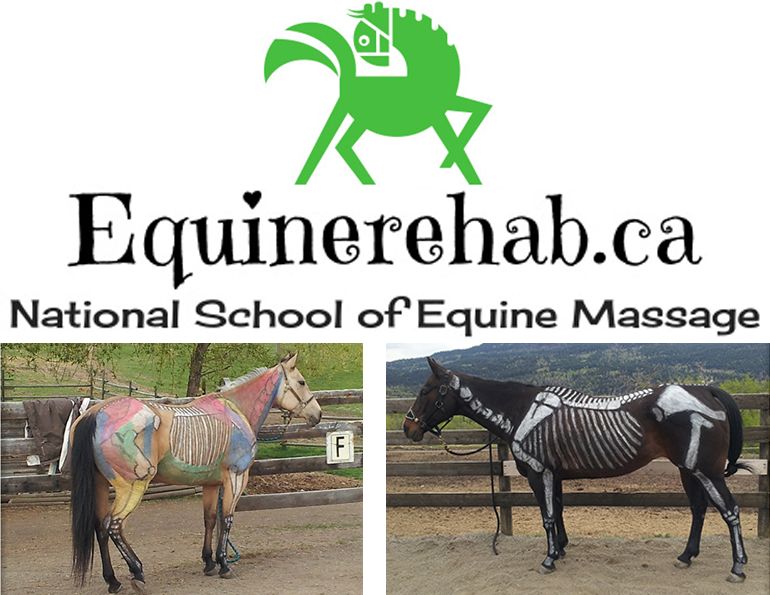By Lindsay Day, REMT
Back pain is an issue that can plague horse and human alike. Though back problems in the horse can be difficult to assess and get a handle on at times, new and ongoing research is lending itself to a better understanding of equine back pain and what we might be able to do to help prevent it.
Understanding Back Pain
“Our current model of equine back pain is based on the back pain model in people,” says Dr. Hilary Clayton, equine biomechanics researcher and McPhail Dressage Chair in Equine Sports Medicine at Michigan State University. “One of the key underlying principles is that the inter-vertebral joints of the spine, like many other joints in the body, have a set of muscles that move the joint and a set of muscles that stabilize the joint. Although mobility and flexibility of the spine are desirable when we are talking about riding and training the horse, the ability to stabilize the inter-vertebral joints is especially important. Without proper stabilization you get a subtle micro-motion of the joint with weight-bearing, which can set the horse up for developing arthritis of the joint.”
The long muscles of the horse’s back - the longissimus and iliocostalis muscles – run along the length of the spine. With long muscle fibres crossing a large number of inter-vertebral joints, these muscles are able to change the amount of bending or rounding and hollowing of the back (working in concert with the abdominal muscles), but their action does not pinpoint one specific joint. Rather, when these muscles contract they affect the whole length of the back.
In contrast, a set of deeper muscles called the multifidus are better primed for specific adjustments and stabilization. “These are very short muscles that cross only one to four inter-vertebral joints so they are able to specifically isolate their effect to a very small area of the spine,” explains Clayton. “Part of their job is to help in changing the shape of the spine, but they also play a primary role in stabilizing the joint. In particular, they will stabilize the joint when a person or animal anticipates movement. So if I even think about raising my arm, for example, my core muscles, which include the multifidus, should turn on to stabilize my inter-vertebral joints before my arm even moves.”
The problem with back pain, regardless of its cause, is that it tends to inhibit the stabilizing muscles, explains Clayton. “The joint will become a little bit unstable and you no longer get that anticipatory activation of the muscles to prepare for movement of other parts of the body. We also know from studies in people, that if a person has back pain and the multifidus turns off, it doesn’t necessarily turn on again when the back pain goes away. In fact, in the majority of people it does not resume its normal function.”
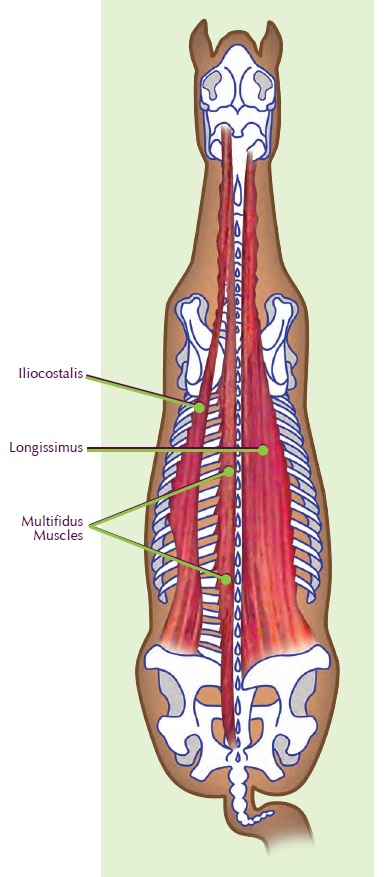
The long muscles of the horse’s back (the longissimus and iliocostalis muscles) affect the degree of bending, rounding, or hollowing of the whole length of the back, whereas the much shorter multifidus muscles are able to isolate their effect to a very small area of the spine, and thus are more effective at stabilizing the inter-vertebral joints of a horse’s spine.
This is why physical therapists have people with back pain perform certain exercises that specifically recruit these muscles, explains Clayton. “It’s been shown that if people do these exercises regularly they can reduce the risk of a recurrence of back pain within a year from 80 percent down to 30 percent. So that’s a huge physiotherapeutic effect in people.”
Back Pain in Horses
Horses appear to follow along the same pattern in response to back pain as people, says Clayton. In horses, a number of commonly recognized back problems, including fractures and arthritic changes, have been associated with atrophy of the multifidus on the same side of the back and at the same vertebral level as the abnormality.”
Horses with back pain are often sensitive to palpation of the long muscles of the back with spasm and fasciculations (local, involuntary contraction and relaxation) of the longissimus muscle typically observed when pressure is applied. “We think what is happening is that the longissimus is trying to compensate for the loss of function of the multifidus,” explains Clayton. The longissimus may go into spasm to try to stabilize the back but because of its design it cannot do the job very effectively.
Back pain in the horse has many perceived causes and potential exacerbating factors. Trauma (such as a fall) resulting in acute injury, poor saddle fit, limb lameness issues and inadequate preparation for the level or intensity of work being asked of the horse have all been recognized as possible causes. Furthermore, as Clayton points out, just the weight of a rider alone places increased stress on the horse’s back, underlining the importance of proper development of the core musculature and stabilizing muscles to protect the back.
Dynamic Mobilization Exercises
Given the demonstrated value of exercises that stimulate the spinal stabilizing muscles in people with back pain, there has been much interest in exploring the potential of similarly targeted exercises in horses. In a recent study, Clayton and Narelle Stubbs, PT, PhD, measured the effect of dynamic mobilization exercises – what most people know as “carrot stretches” – on the multifidus muscle in horses.
They found that performing the exercises regularly over a period of three months stimulated an enlargement of the multifudus muscle as measured on both left and right sides at six different vertebral levels throughout the back. Furthermore, it was found that the exercises promoted a greater symmetry between the size of the muscle on the right and left sides of the spine.
Performed from the ground by asking the horse to follow a bait (usually a piece of carrot), these exercises bring the horse’s head and neck into certain positions while the feet remain stationary. “We are taking the horse into positions beyond what we would see during normal locomotion, and where he has to not only move his body but also stabilize, especially through the vertebral joints, which is where you get the activation of multifidus,” explains Clayton.
“These exercises are very simple for people to do. One of the reasons that we like these exercises is that the horse is in control. If it hurts he can stop. You aren’t taking a hold of the horse’s body and stretching it into a position that you think it should go.”
While generally safe for any horse to perform, Clayton does note some instances where the exercises should not be used without veterinarian consultation and approval. These include horses with a history of a serious musculoskeletal injury or neurological disease. “In these instances you would want to check with the vet that they are at the appropriate stage of healing before you start.”
Beyond their rehabilitative use (with veterinary approval), Clayton believes these exercises may be particularly valuable in preparing young horses for work under saddle, for horses that have had time off work, or broodmares. For the athletic horse, they may help improve performance, and can hopefully help to reduce the risk of back injury during the horse’s career.
Lindsay Day is a Registered Equine Massage Therapist and graduate of the D’Al School of Equine Massage Therapy. Based in southern Ontario, Lindsay brings over 20 years experience riding and working with horses to her practice. www.EQmassage.ca
Main Photo: Jess Hallas-Kilcoyne - The weight of a rider places increased stress on a horse's back and, if the horse's core musculature and stabilizing muscles have not been properly developed, can lead to back pain.








